The right marketing strategy for restaurants can make or break a business. No matter how successful your restaurant business may be, a great strategy can build it further. In this article, you’ll learn how to create an effective and dynamic marketing strategy for your restaurant business, whether a single location or a chain.
Table of Contents:
- What Is the Restaurant Industry?
- What Is a Marketing Strategy for Restaurants?
- Important Steps to for a Successful Marketing Strategy for Restaurants
- Outsource Your Restaurant Marketing Strategy to Marketing Agencies
- 5 Essentials to Include in Marketing Strategies for Restaurants for 2024
- Restaurant Marketing Trends for 2024
- Restaurant Technology Trends to Know for Successful Marketing Strategy for Restaurants
What Is the Restaurant Industry?
The restaurant industry is one of the most essential parts of the hospitality industry. A restaurant can be any business that serves food to customers for consumption on-site. This includes everything from the most modest neighborhood café or fast food outlet to fine-dining establishments. The restaurant industry also covers food services in different settings, such as bars or pubs. As you can imagine, the restaurant industry has great economic significance locally and worldwide. According to the Food Service Industry Research Report by Statista, the food service industry is projected to reach $4.43 trillion by 2028.
Each type of restaurant serves a different clientele with distinct demands. A good marketing strategy for restaurants needs to understand and reflect the customer base’s needs. To learn more about the restaurant industry, read “Restaurant Industry: Overview, Types, Examples and More.”
What Is a Marketing Strategy for Restaurants?
A marketing strategy for restaurants is a roadmap that helps the restaurant owner or manager boost sales and maximize profits. When creating a restaurant marketing strategy, the aim is to attract guests interested in choosing your restaurant. A marketing strategy goes beyond advertising campaigns and promotions. It might include tactics like improving customer service, optimizing pricing, offering loyalty schemes, creating appealing menu designs, selecting locations, and organizing events.
The right restaurant marketing strategy is vital to ensure continued success, especially when the hospitality sector is experiencing a lot of upheavals. A good strategy needs to be relevant, dynamic, and responsive, building on successful tactics and adapting or jettisoning those that don’t work.
Important Steps to for a Successful Marketing Strategy for Restaurants
All this might seem a little daunting, especially with a limited budget or experience. Fortunately, there are simple steps you can take to create a powerful strategy and promote your restaurant that is easy to implement and won’t require a large outlay.
The “Four Ps”
The “Four Ps” are at the core of every successful marketing strategy. These are Product, Price, Place, and Promotion. The first Product is the dining experience that your restaurant offers. The price must be tailored to your product and guests’ pockets. You don’t want to miss out on revenue by pricing your products too low, but you must also avoid overcharging and driving away guests. The place is the location, and Promotion refers to boosting your restaurant’s profile.
Table: The Four Ps Explained
| P Explained | Description | Application in Restaurant Marketing Strategy |
|---|---|---|
| Product | Represents the restaurant’s offerings, including food and beverage options, ambiance, and overall dining experience. | Focuses on developing a menu that meets customer preferences, creating unique dishes, maintaining quality, and ensuring consistency. Additionally, it involves differentiating the restaurant from competitors through branding, concept, and positioning. |
| Price | Refers to the amount customers pay for the restaurant’s products and services. | Involves setting prices that reflect the value proposition, target market affordability, and competitive positioning. Strategies may include menu pricing, promotions, discounts, and value-added offerings to attract customers while ensuring profitability. |
| Place | Focuses on the distribution channels and locations where customers can access the restaurant’s offerings. | Addresses how and where customers access the restaurant’s products and services, including physical locations, online ordering platforms, delivery services, and partnerships with food delivery apps. It involves selecting convenient, accessible, and strategically located venues to reach the target audience effectively. |
| Promotion | Encompasses the various marketing tactics and communication channels used to promote the restaurant, attract customers, and increase brand awareness. | The communication strategies used to promote the restaurant include advertising, social media, public relations, events, sponsorships, influencer partnerships, and content marketing. It aims to create buzz, drive customer engagement, and encourage repeat visits by highlighting unique selling points and value propositions through compelling messaging and visuals. |
Market Research
Any restaurant business attracts a particular section of the public. The busy office worker stepping out for a sandwich doesn’t need high-end surroundings, while a couple celebrating their anniversary might want something more extravagant. Think about your target demographics. Research your customers’ needs and find out what they’re looking for. Why do they choose to eat out? How much will they pay for the convenience of a restaurant meal? You may need to adapt your restaurant and its marketing to reflect the needs of your customer base.
Research Your Competition
Competition in the restaurant industry can be fierce. You need to know what your competitors are offering and how much they charge, what their strengths are, and how they secure the loyalty of their guests. You should also look at possible areas of weakness, such as poor service or overpriced dishes. If they employ rude or disinterested staff, people will be more likely to eat at your restaurant if your staff are pleasant and friendly. Even simple things like an outdated restaurant POS system (Point of Sale) can make a rival establishment less desirable than yours.
Create a Unique Brand
Consider your restaurant’s USP (unique selling proposition). Are you providing quick snacks, more formal sit-down meals, or food from a specific nation or culture? What do you offer that makes your restaurant special? Once you identify your USP, you can build your brand around that. The interior and exterior decor of your restaurant, the design of your marketing materials, and the “voice” of your restaurant in your communications all form elements of your brand.
Video: Shake Shack founder explains three keys to building a brand
Create and Perfect Your Menu
Your menu is crucial to your marketing strategy. Developing a menu isn’t a “one-and-done” proposition. You should regularly update your menu to reflect customer choice. At least once a year, take the time to review your sales and identify your top-selling dishes so that you can highlight them. Consider updating it or removing it altogether if there’s a less successful dish. Add new dishes that might appeal to your guests. Once your new menu is complete, you can use it to promote your restaurant.
Create Relevant Promotions
Look out for opportunities to advertise and market your restaurant. For example, a local hotel could give guests coupons for a drink or a small item at your restaurant. Local publications are another great place to offer promotions. You could include coupons for discounts, free items, etc. Gift certificates are a terrific option as they ensure that guests will come to your restaurant, probably spending more than the value of the certificate on their meal and returning if they have a good time.
Build Connections with the Local Community
Most of the guests at your restaurant are likely to be local community members. Getting active within that community is a great way to enhance your brand’s standing. Identify active groups and organizations in your area and partner with them to create fundraising events to be held at your restaurant. Consider donating meals to local organizations or offering discounts for non-profit groups. This creates a positive impression of your restaurant.
Outsource Your Restaurant Marketing Strategy to Marketing Agencies
Restaurant management is complex and time-consuming. Consider outsourcing the work to a company that specializes in restaurant marketing. A restaurant marketing agency is a business dedicated to marketing activities that are proven to work for restaurants and related businesses in the hospitality sector. Recruiting a specialist restaurant marketing agency has two major benefits.
One: it frees up your time and the energies of your staff for core functions. Two: it gives you access to all the expertise and experience a marketing agency can provide. To learn more about restaurant marketing agencies and how they can help you, read the article “Restaurant Marketing Agency: Why Choose External Marketing.”
5 Essentials to Include in Your Marketing Strategy for Restaurants for 2024
In this section, you’ll discover five key tactics that your restaurant marketing strategy should include in 2024.
Your Website & SEO
Your restaurant website is the hub for all of your online activities. Guests will want to know when you’re open, what’s on the menu, and whether there are discounts or special offers. They’ll be interested in other guests’ feedback and the best dishes. They’ll also expect to be able to book reservations or even order food.
Your website needs to be visually appealing and easy to navigate. Crisp, high-resolution images will showcase your premises and menu items to their best advantage. Clear text and a good layout will help your guests find the information they want. You also need to ensure that your site is visible in search results, so good SEO (search engine optimization) is a must. According to the Search Traffic Study by Ahrefs, one of the top three aspects of successful search results is backlinks to your website.
Social Media Marketing
In recent years, social media has become indispensable for marketing, especially for businesses in the hospitality sector. Many people now turn to social media when looking for a product, whether it’s a new TV or a restaurant for their evening meal. While you should set up business accounts across all the most prominent platforms, it’s crucial to identify the social media platforms that are most relevant to your customer demographics and focus on those.
As well as buying social media advertisements, you can use these platforms to engage with guests and manage your brand. Prompt, courteous responses to queries or mentions of your restaurant can help build a good relationship with your customer base.
Google Business Presence
While optimizing your website for Google search results is important, it’s just the beginning if you want to promote your business effectively in the local market. Making sure that your restaurant will pop up on Google Maps and be highly visible in local search results is now crucial. That’s where Google My Business comes in. This is a free tool from Google. It’s designed to allow business owners and their marketing managers to make finding your business easier by giving you more control over your presence on Google Maps and in search results.
Register your restaurant’s website with Google and provide your locations, opening hours, and quality images of your restaurant. Don’t omit your menu — it’s very useful for guests to see what you offer as soon as they look you up. Optimizing Google My Business is an easy way to let as many people as possible find your restaurant.
Personalization
Personalization is a way of making guests feel welcome and valued. A personalized experience is increasingly vital to today’s customers, yet personalization is not as widely utilized as possible. This means that offering a more personal experience is an easy way for your restaurant to stand out from your competitors. In the context of restaurant marketing, this can mean things like targeted online content, personalized emails, loyalty programs that reward regular visitors, and making a point to remember your guests and their preferences from earlier visits.
This can be tricky, especially if you have many customers to keep track of. Today’s sophisticated restaurant management systems can help. It may be helpful to set up your system so that customer details and preferences can be recorded and provided to staff or used to craft marketing materials relevant to a specific guest.
Local Community Engagement
In a previous section, you learned some tactics for marketing your restaurant in the local area. However, those aren’t the only ways to build links with your community. Remember, many people in the local area haven’t heard of or visited your restaurant. Many establishments reach out with direct mail and flyers, which can be effective. Don’t overlook transportation ads on local buses or trains. Local PR can also be a good investment.
One tactic that remains significantly overlooked is sponsorship. You can generate increased visibility and goodwill by sponsoring events at your local schools, charities, or sports organizations. The goal is to position your restaurant as an integral part of the local community, demonstrating that you care about the local people and their concerns. Creating this emotional connection with your business can help your brand and create loyal customers.
Restaurant Marketing Trends
Marketing never stops changing and developing. Staying current on the latest innovations and trends is crucial to maintain an effective strategy. New technologies, developments, and shifting consumer preferences mean you must keep your marketing strategy fresh and dynamic. In “Important Restaurant Marketing Trends to Follow”, you’ll discover some of the most important things to look out for.
You’ll discover how restaurant chatbots can save time and create a more positive customer experience, how online ordering can boost sales, and how your business can respond to staffing shortages.
Restaurant Technology Trends to Know for Successful Marketing Strategy for Restaurants
From restaurant management systems to innovations in contactless payment, restaurant technology has undergone significant advances in recent years. Part of being a successful restaurant owner or manager means keeping abreast of the latest innovations and discovering how they can work for you.
In “Latest Restaurant Technology Trends You Need to Know About”, you’ll learn about the role of AI in customer satisfaction, how self-order kiosks can make life easier for your guests and the staff who serve them, and how air purification technology can keep everyone safer.
Marketing Strategy For Restaurant FAQs
In the fast-paced world of restaurant management, marketing often gets overlooked. This article should give you the tools you need to create an effective, adaptable restaurant marketing strategy to grow your business like never before.
Want to Learn More About Marketing in Related Industries?
Awareness of the current and upcoming marketing trends in the hospitality & tourism industries is essential. While some trends can affect multiple industries, some are very specific to the industry. You can learn more about marketing trends within related industries in the following articles.
- Hotel Marketing; The Latest Trends in the Hotel Industry
- Hospitality Marketing Trends: Must-Know Upcoming Trends
- The Latest Travel Marketing Tips to Optimize Your Results
- Tourism Marketing: Brand New Marketing Tips to Boost Your Results
- Essential Hotel Marketing Strategies
More Tips to Grow Your Business
Revfine.com is the leading knowledge platform for the hospitality and travel industry. Professionals use our insights, strategies, and actionable tips to get inspired, optimize revenue, innovate processes, and improve customer experience.Explore expert advice on management, marketing, revenue management, operations, software, and technology in our dedicated Hotel, Hospitality, and Travel & Tourism categories.
This article is written by:
Hi, I am Martijn Barten, founder of Revfine.com. With 20 years of experience in the hospitality industry, I specialize in optimizing revenue by combining revenue management with marketing strategies. I have successfully developed, implemented, and managed revenue management and marketing strategies for individual properties and multi-property portfolios.

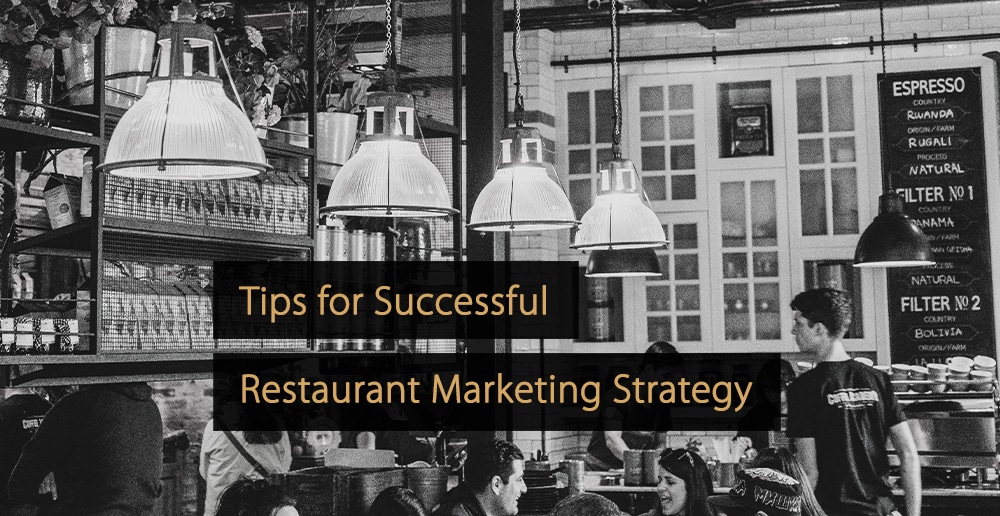




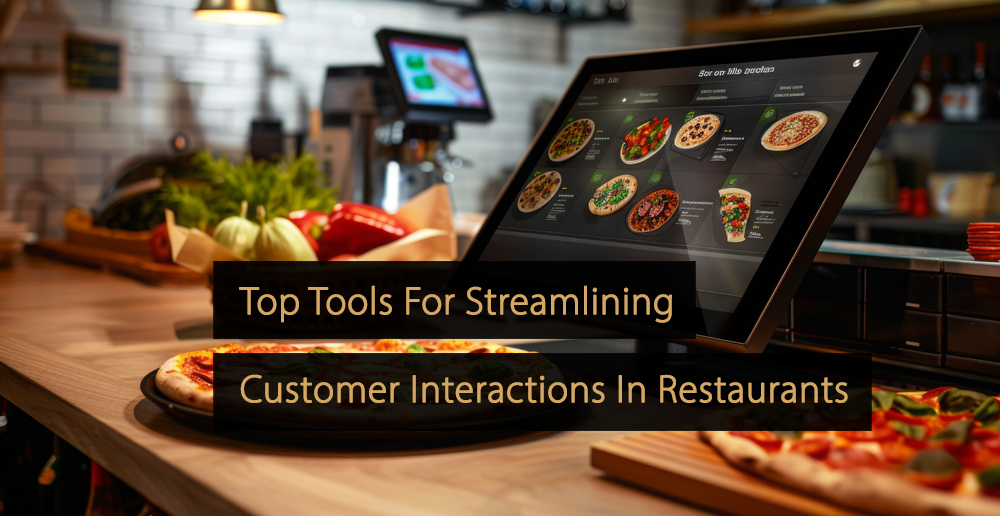

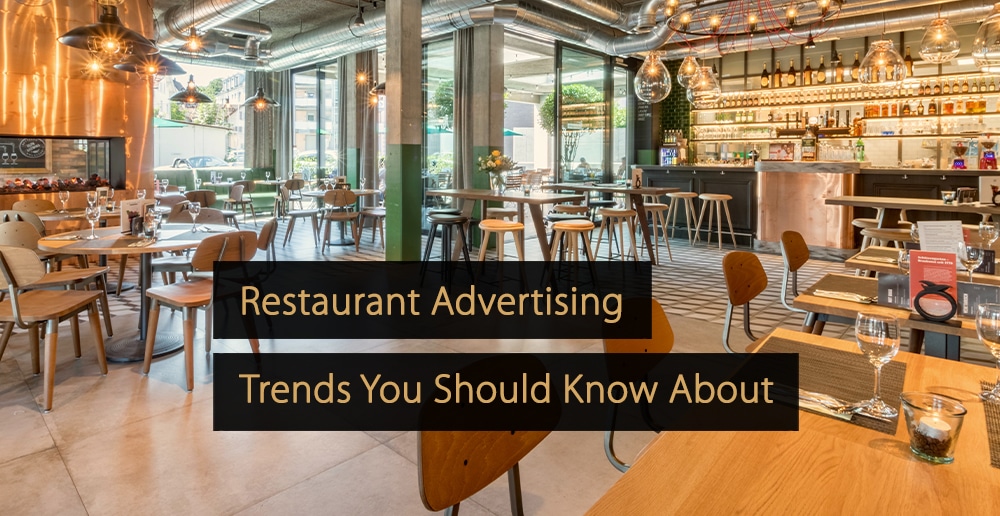
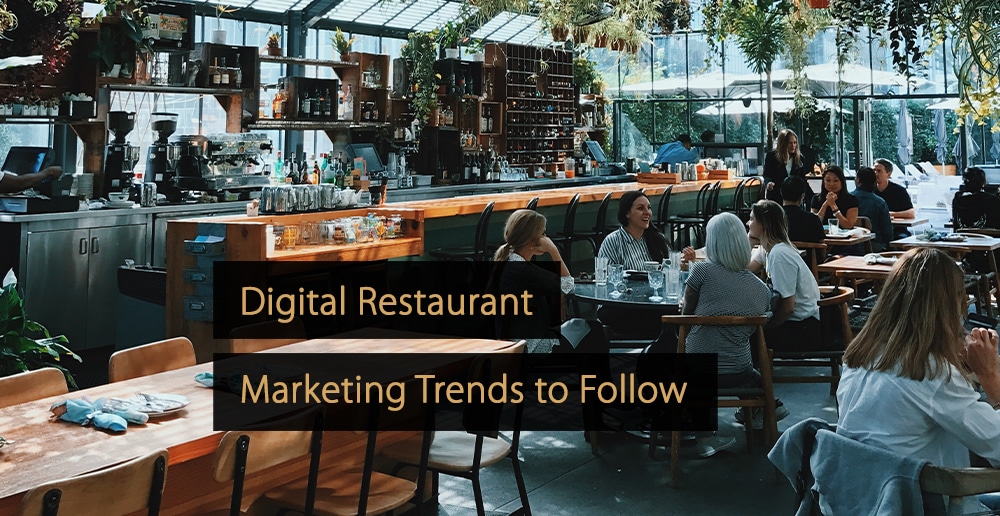
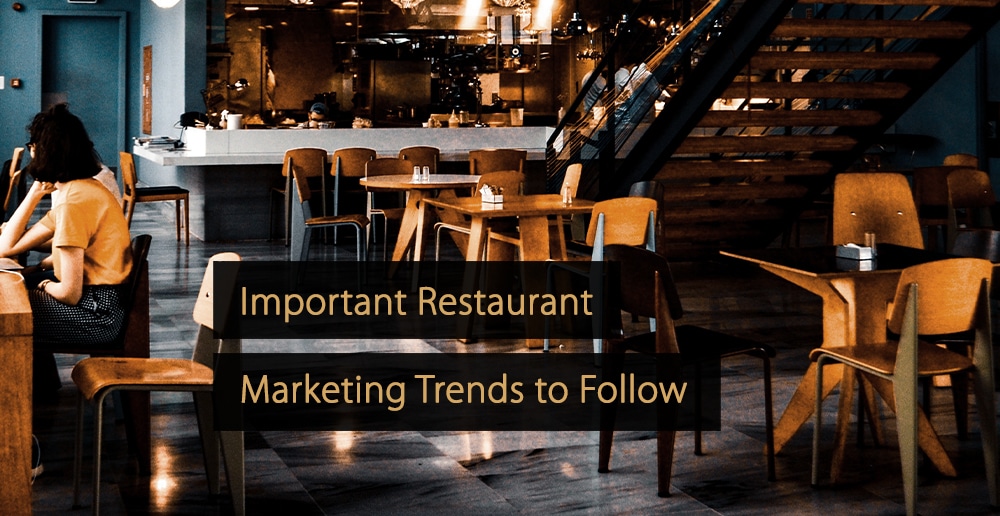
Leave A Comment